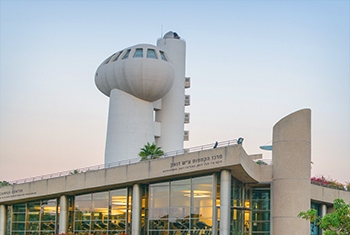Light is not only our primary way to sense the world around us, it is also the leading tool for the scientific interrogation of nature. Understanding light itself was key to the biggest breakthroughs in modern physics, from relativity to quantum theory, and to their testing with extreme precision. Unique sources of light are constantly being developed and are being used in many diverse areas of science and technology, often opening areas of research that were inconceivable just a couple of decades ago. Lasers with extremely precise frequencies, lasers producing extremely short and intense bursts of light, and sources of light with special quantum properties are just a few examples of the wide spectrum of light sources available today.
The Crown Photonic Center promotes the study of light and its applications at the Weizmann Institute, it supports the groups who study light by enabling them to maintain and update their expensive equipment to educate students and postdoctoral fellows in the field and to organize scientific meetings in the area of photonics.


